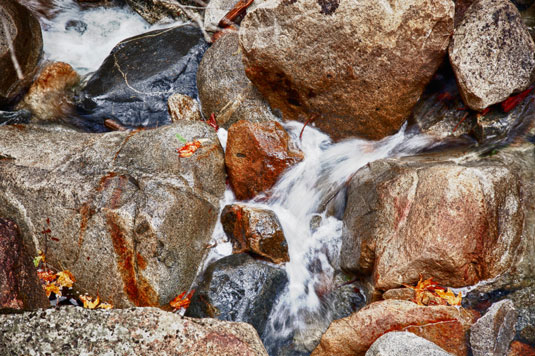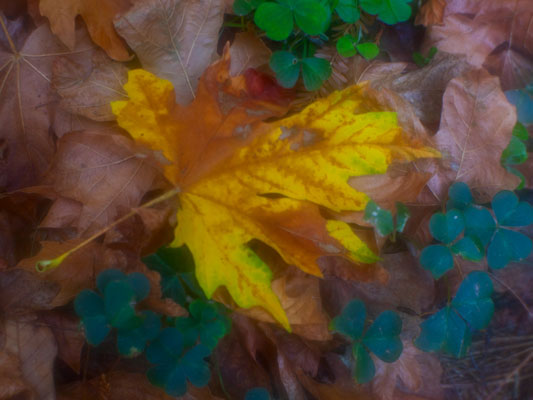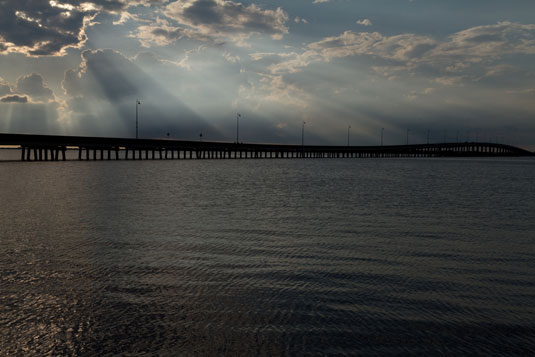Landscape photographers tend to look at wide expanses of nature and photograph majestic vistas like the Grand Canyon or Yosemite Valley. When focusing on these wonderful scenes, photographers miss some of the smaller elements of the landscape — for example, small groupings of boulders and streams.
Getting even closer, you see scattered pebbles or a stream that is diverted into several small waterfalls when it cascades over small rocks.

Finding patterns
Patterns are everywhere. You literally have to see the trees instead of the forest. Then you have to see the branches instead of the trees. Then you need to see the leaves instead of the branches.
In other words, you need to switch from wide-angle mode to telephoto mode. Look closely and then look a little closer. When you’re walking on a forest path, look down and you may see an artistic arrangement of fallen leaves.

Tips for photographing patterns
Now that you know where to look, it’s time to find some and take some pictures. Here are some tips you can use to get great photos of patterns:
Switch your personal vision to telephoto mode. Zoom in and look past the obvious.
Sometimes the shadow of a pattern is more interesting than the pattern.
Look up, down, to both sides, and behind you.
Take multiple shots of the same pattern. When you find an interesting pattern, take one picture from the most obvious vantage point, then move around, explore other vantage points, and take more pictures.
Photograph a pattern, and then move closer to discover another pattern. For example, if you photograph an interesting pattern of tree trunks, you’ll probably find additional patterns, such as the tree bark or the pile of leaves between the trees.
Don’t be afraid to rearrange what Mother Nature has served up. There’s nothing wrong with moving things like stones or leaves that are scattered on the ground to create a more artistic pattern. Just make sure you don’t trample anything, including nearby flowers or insects.
Augment the patterns. For example, if you find an interesting pile of seashells on the beach, take a stick and draw a line in the sand to draw your viewer into the picture.
Another way to augment the pattern is to add a star-like pattern. Compose the image so that the sun is partially hidden behind a tree. Choose a small aperture (large f-stop value) so a starburst pattern appears around the sun.
Zoom out. If a pattern has interesting things going on in the background, such as animal footprints, zoom out to include them and tell a different story.
Look for juxtaposition between nature and manmade objects. Sand drifting through a fence on a beach creates interesting patterns.
Find patterns where you least expect to see them. A gentle wave rippling as it comes to shore makes an interesting photograph. So does the foam it creates when it makes landfall.
Animals can create patterns. Birds flying in formation make interesting photographs. So do birds lined up on the shoreline as they feed in the early morning.
Look where the sun shines. Leaves can create interesting patterns where the sun dapples through them. You can also find interesting patterns where the sun breaks through the clouds and creates “God Beams.”


